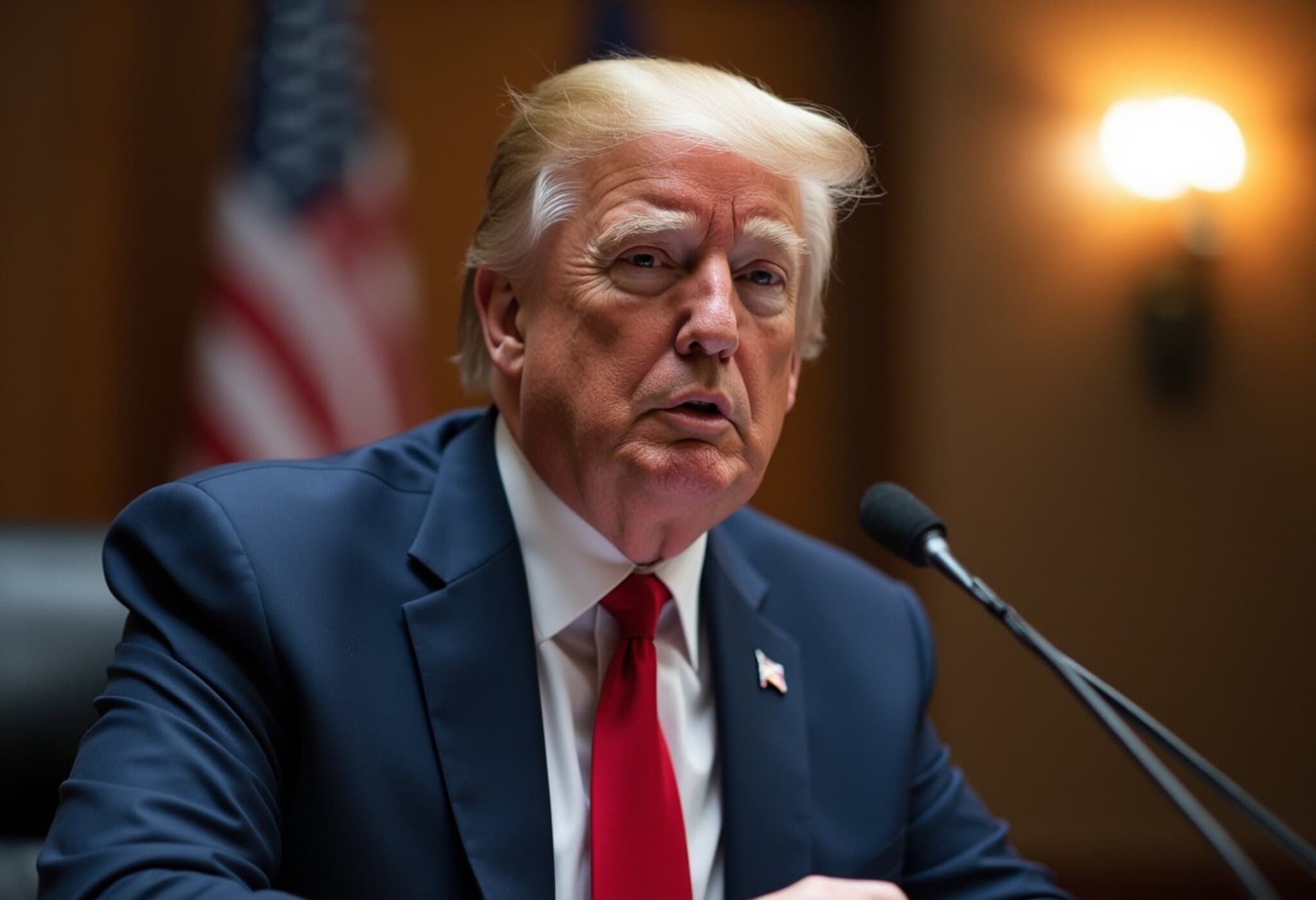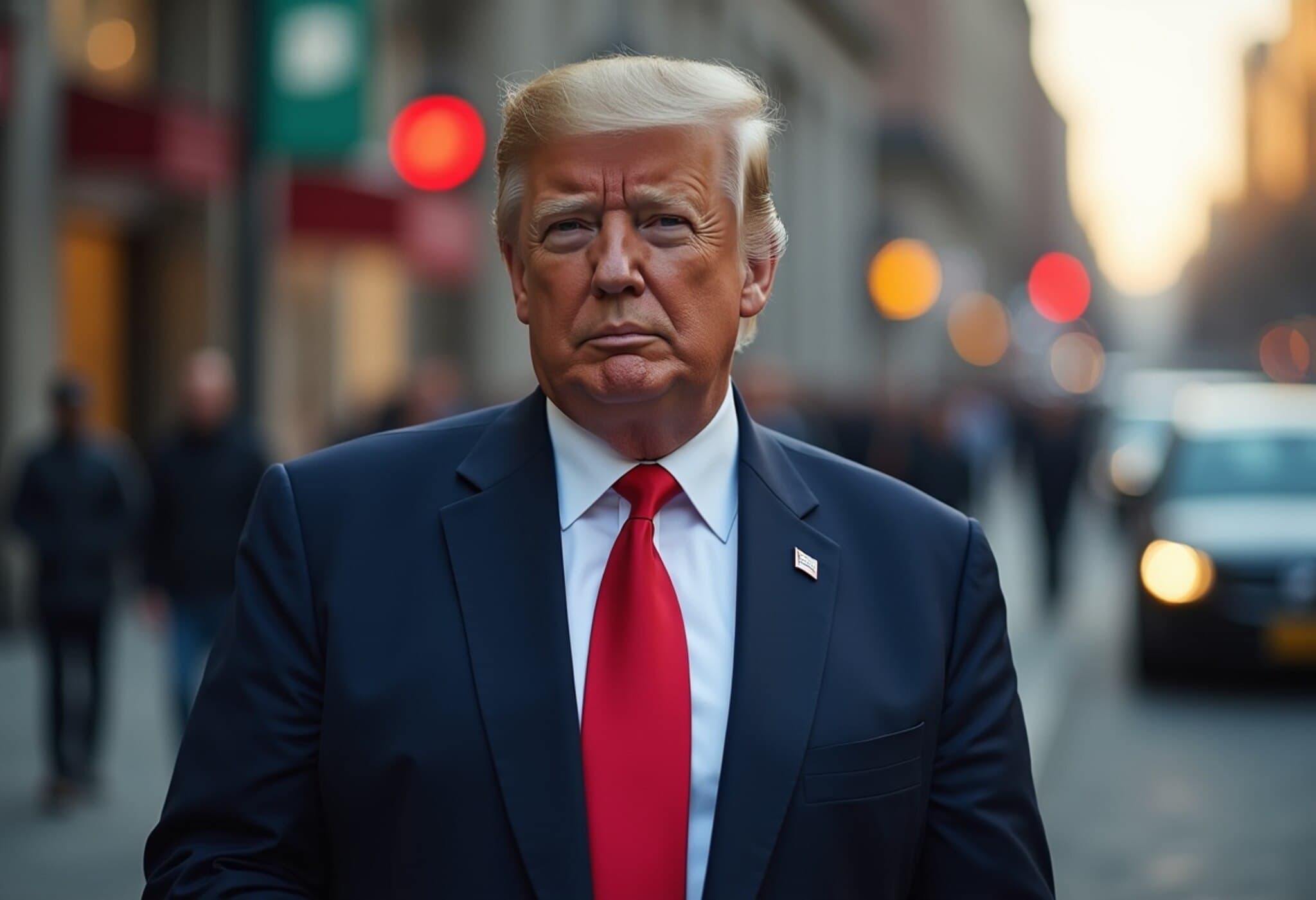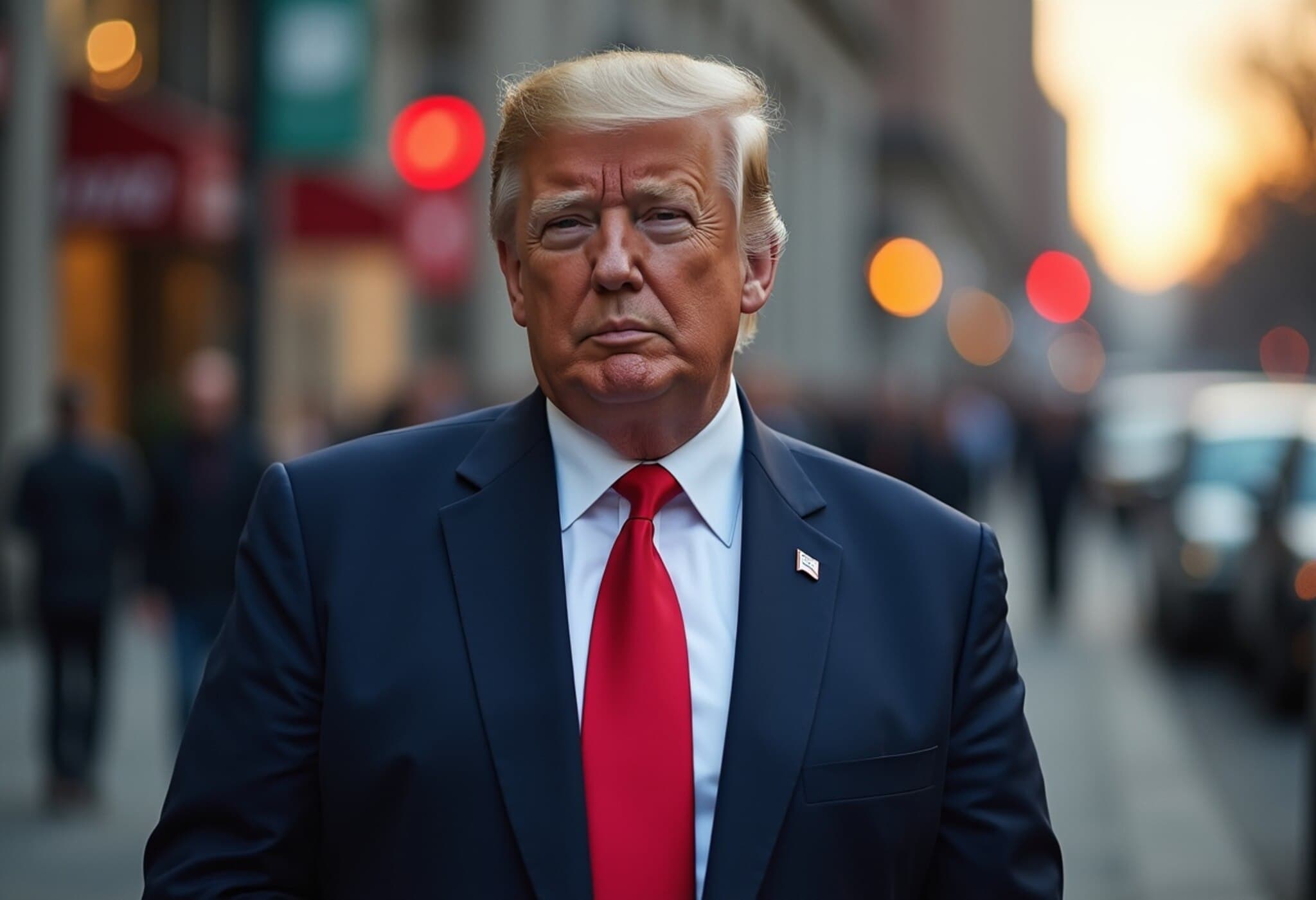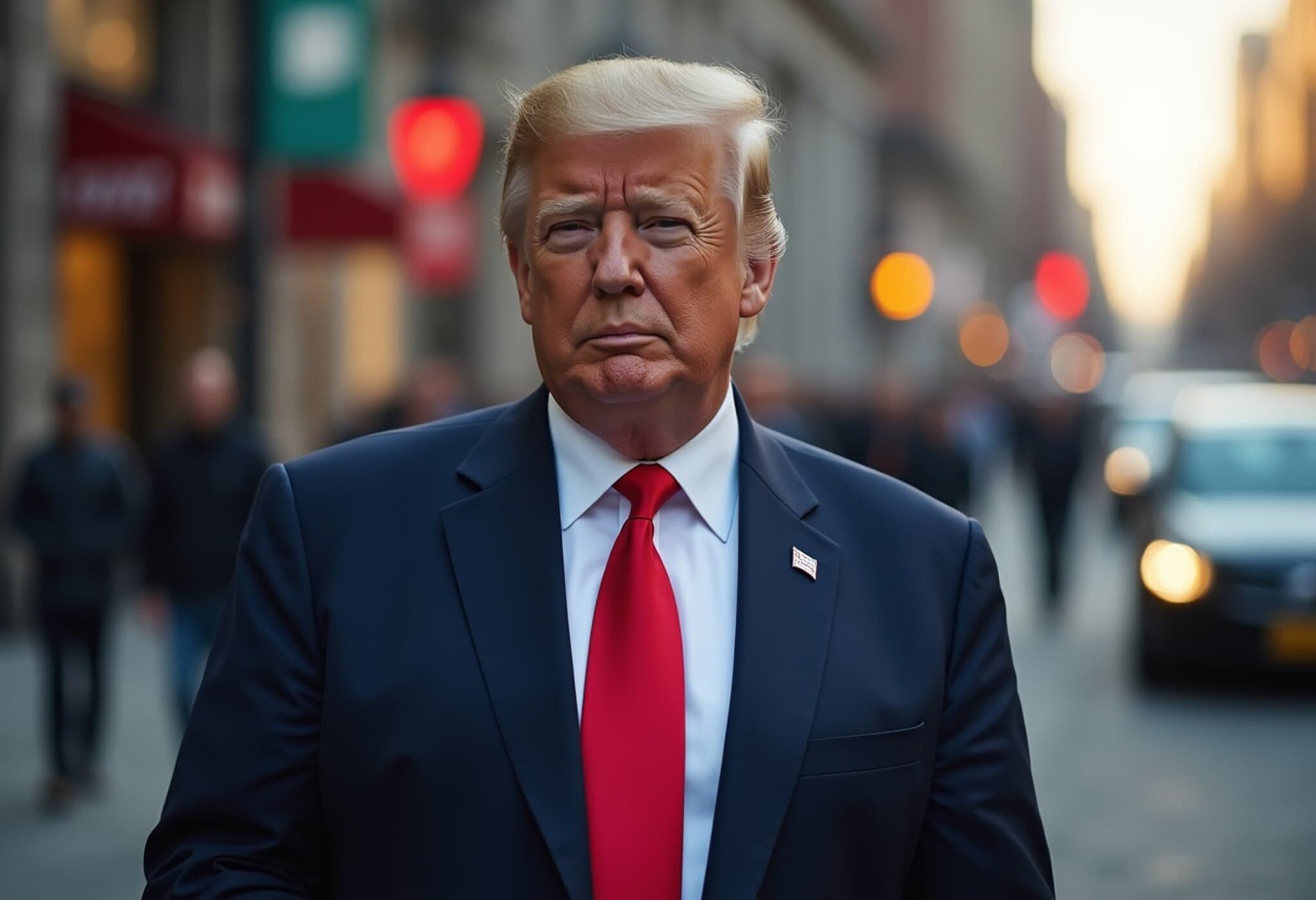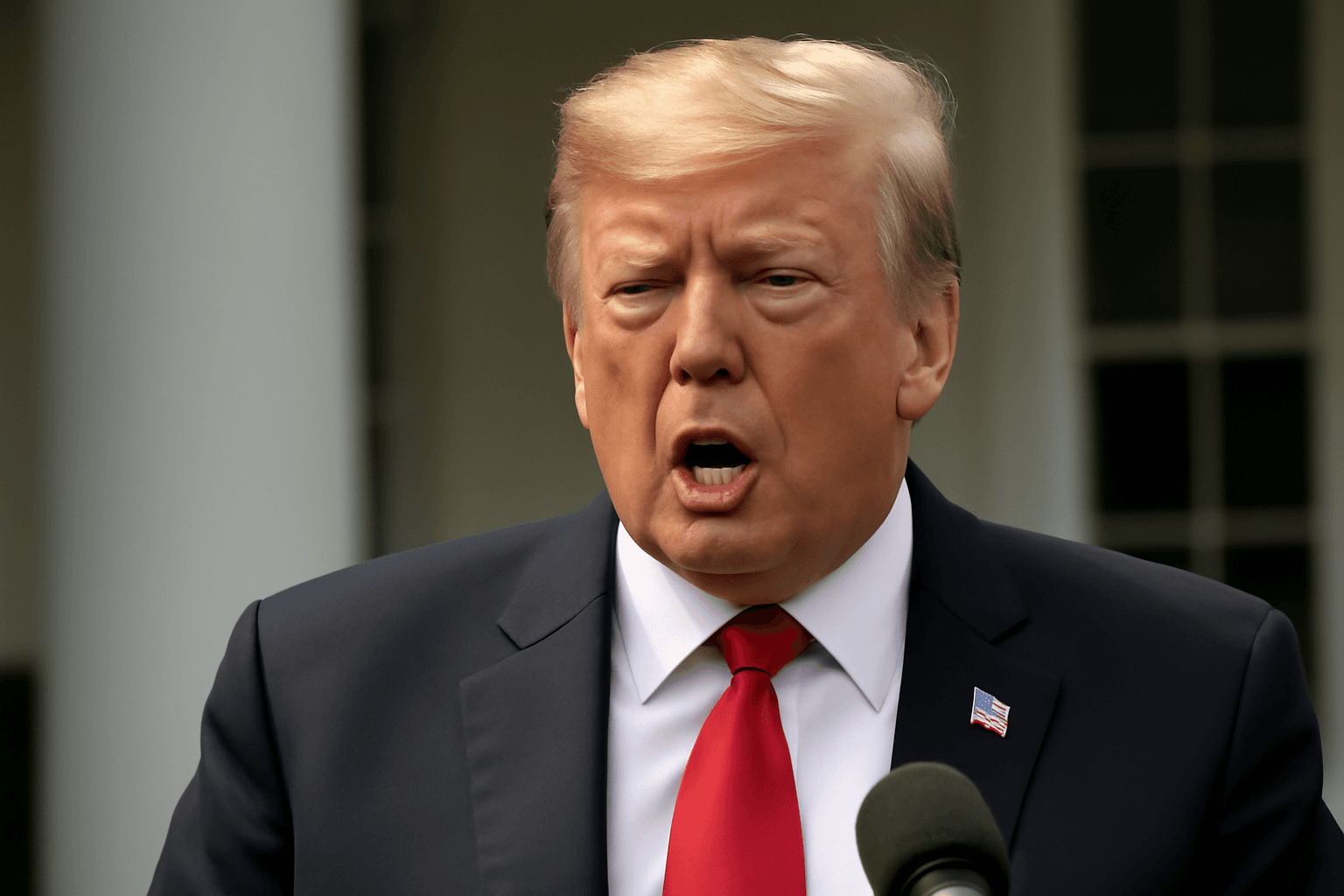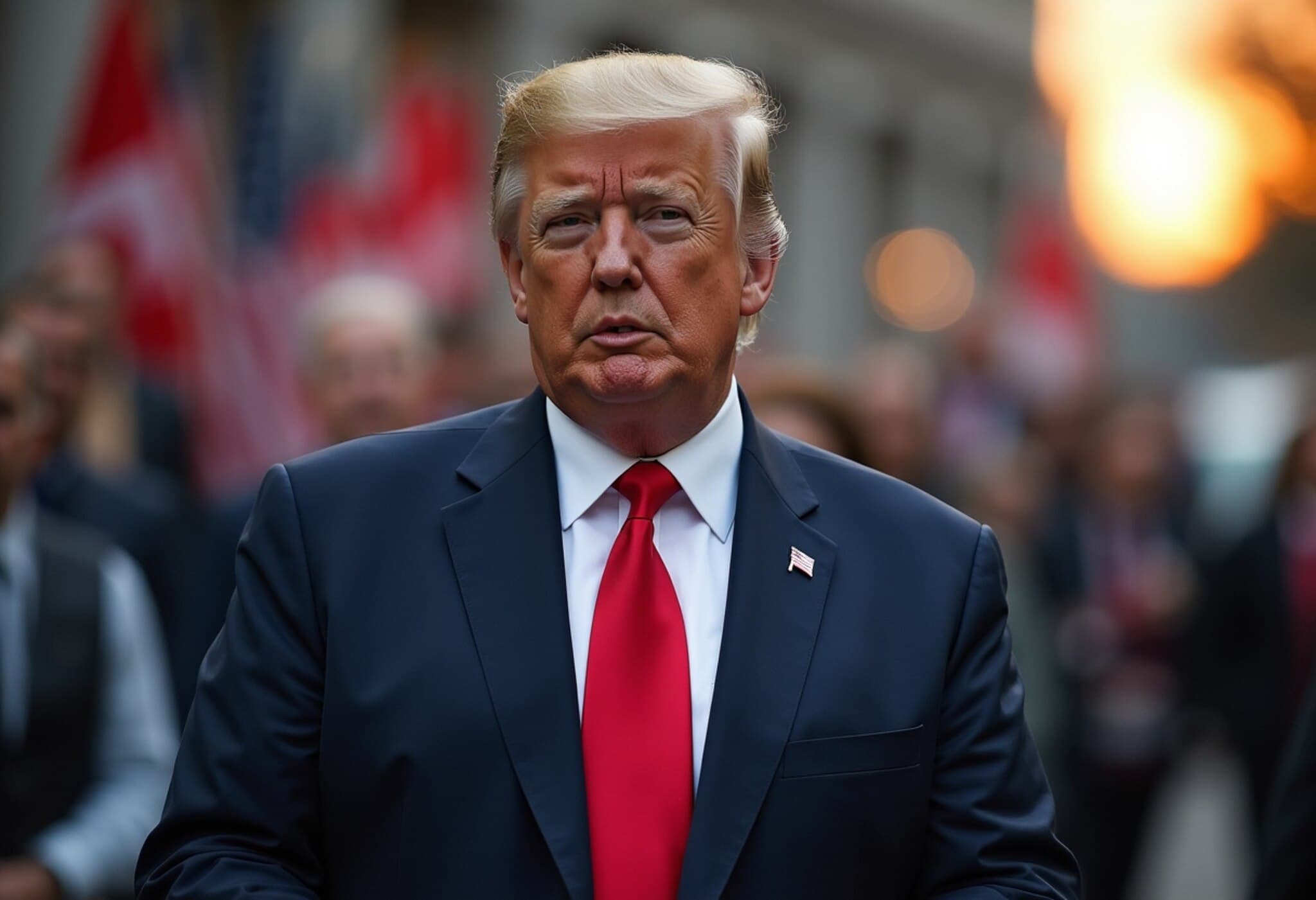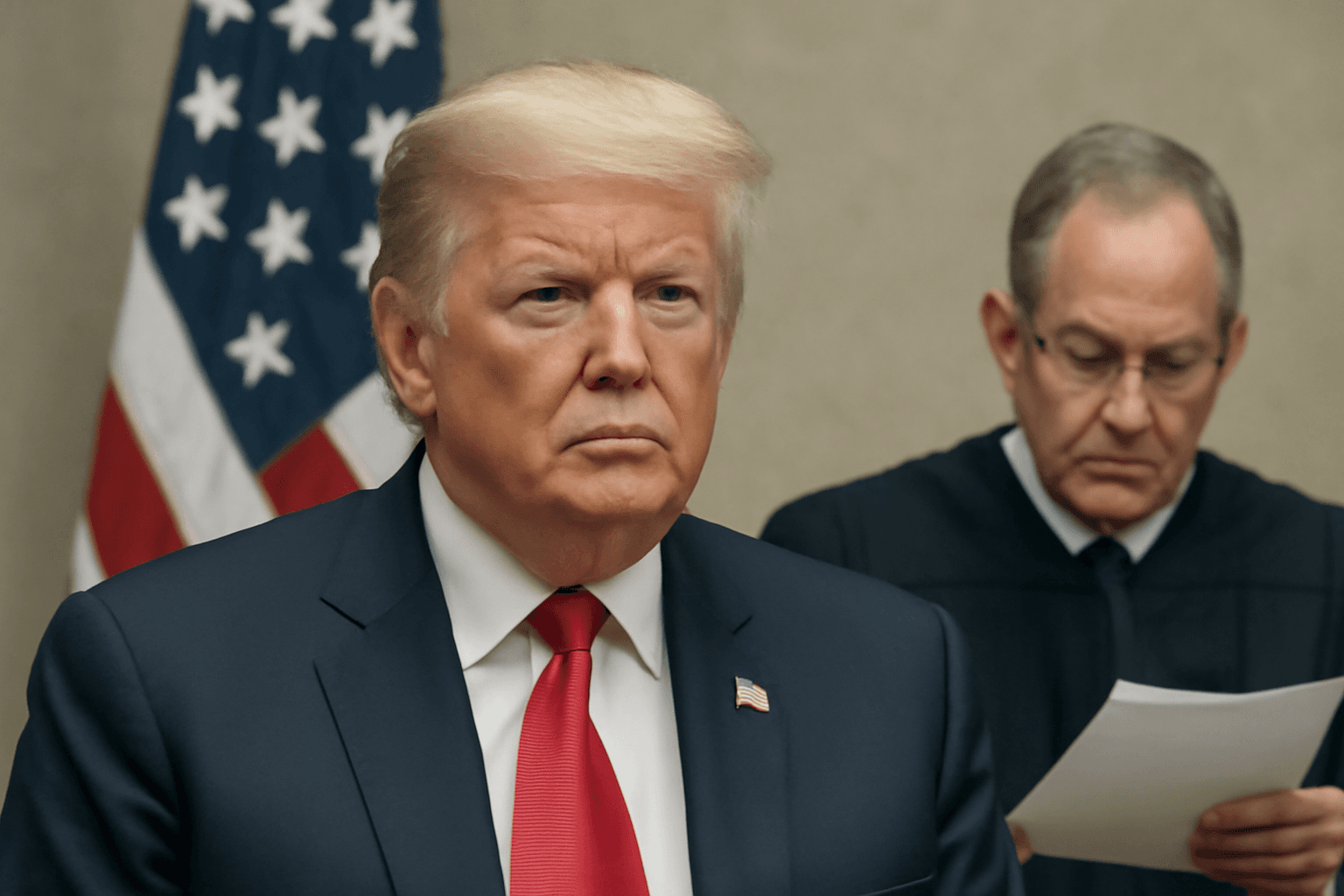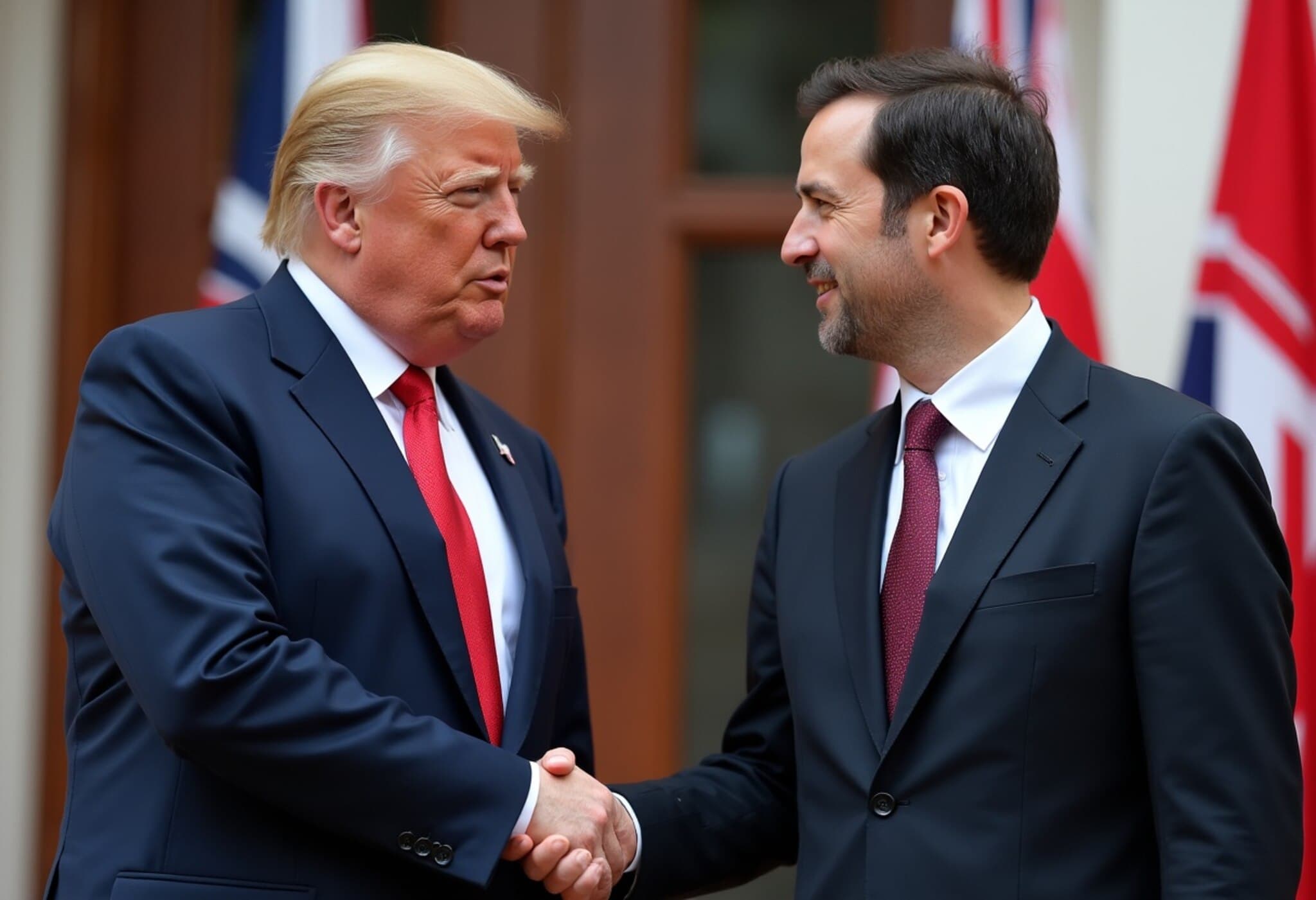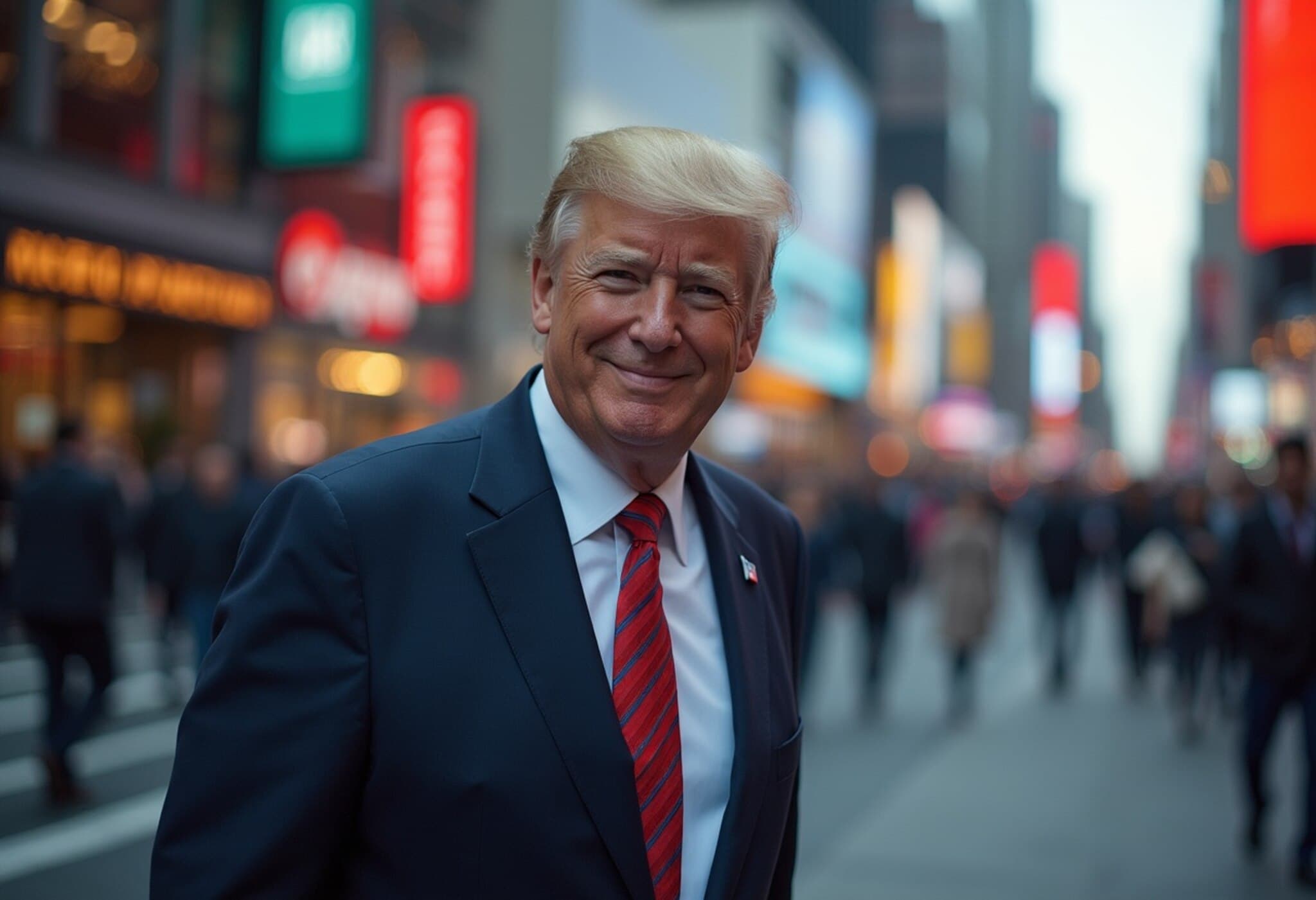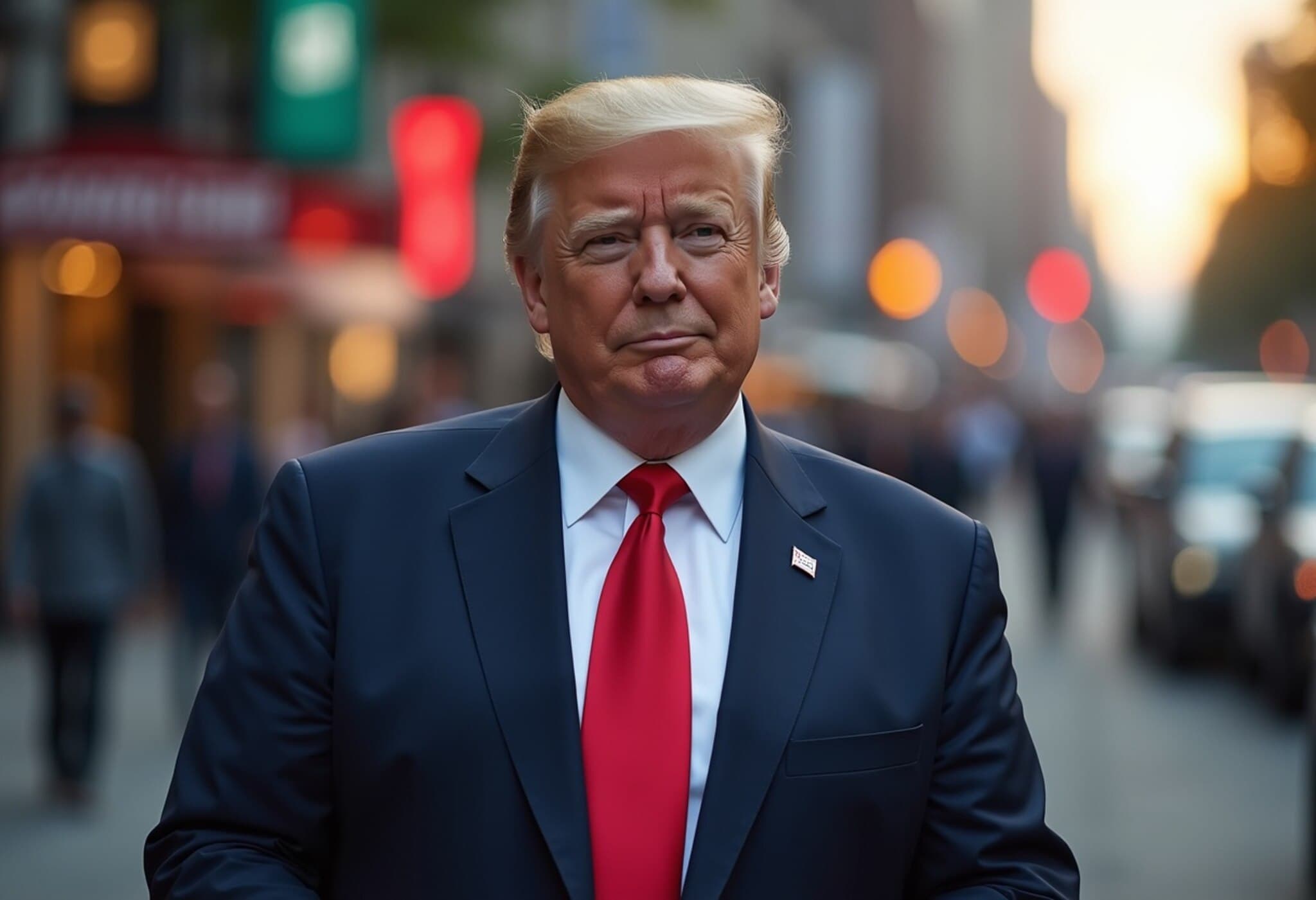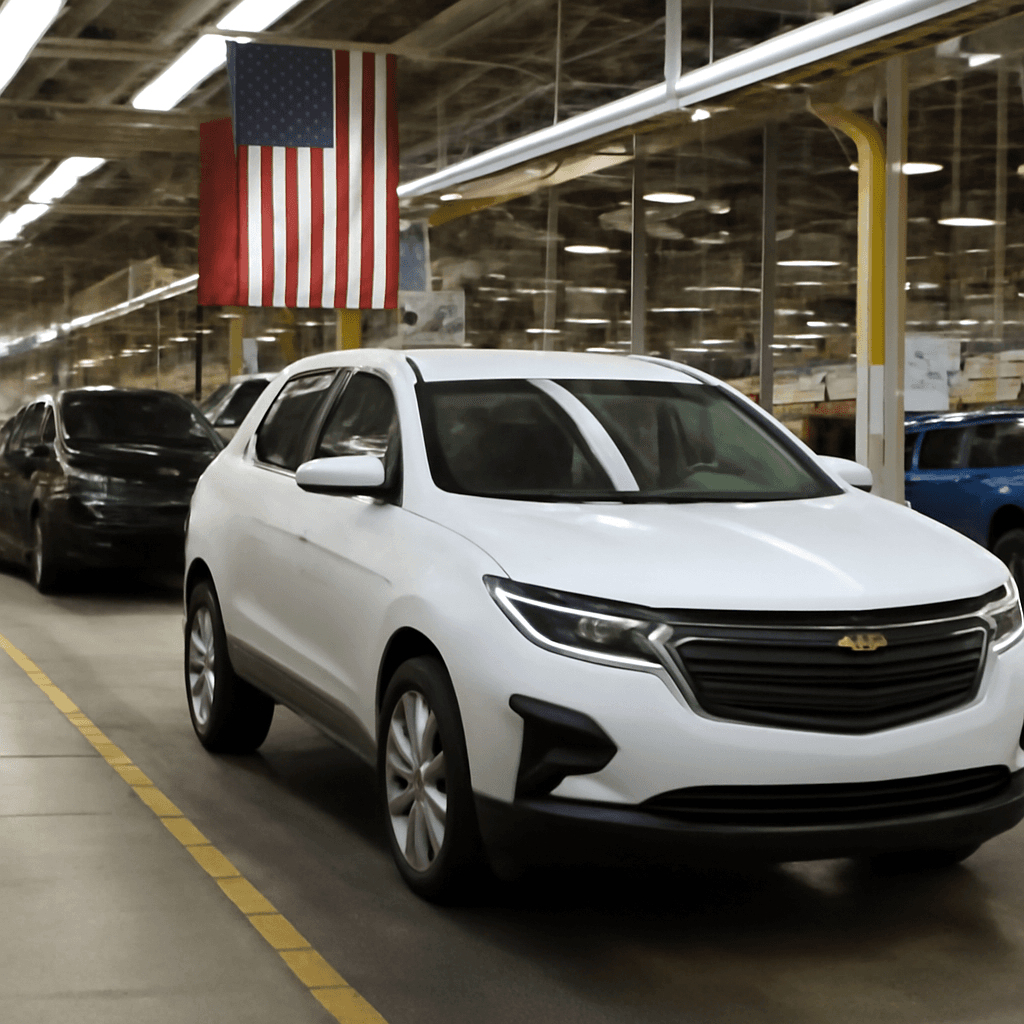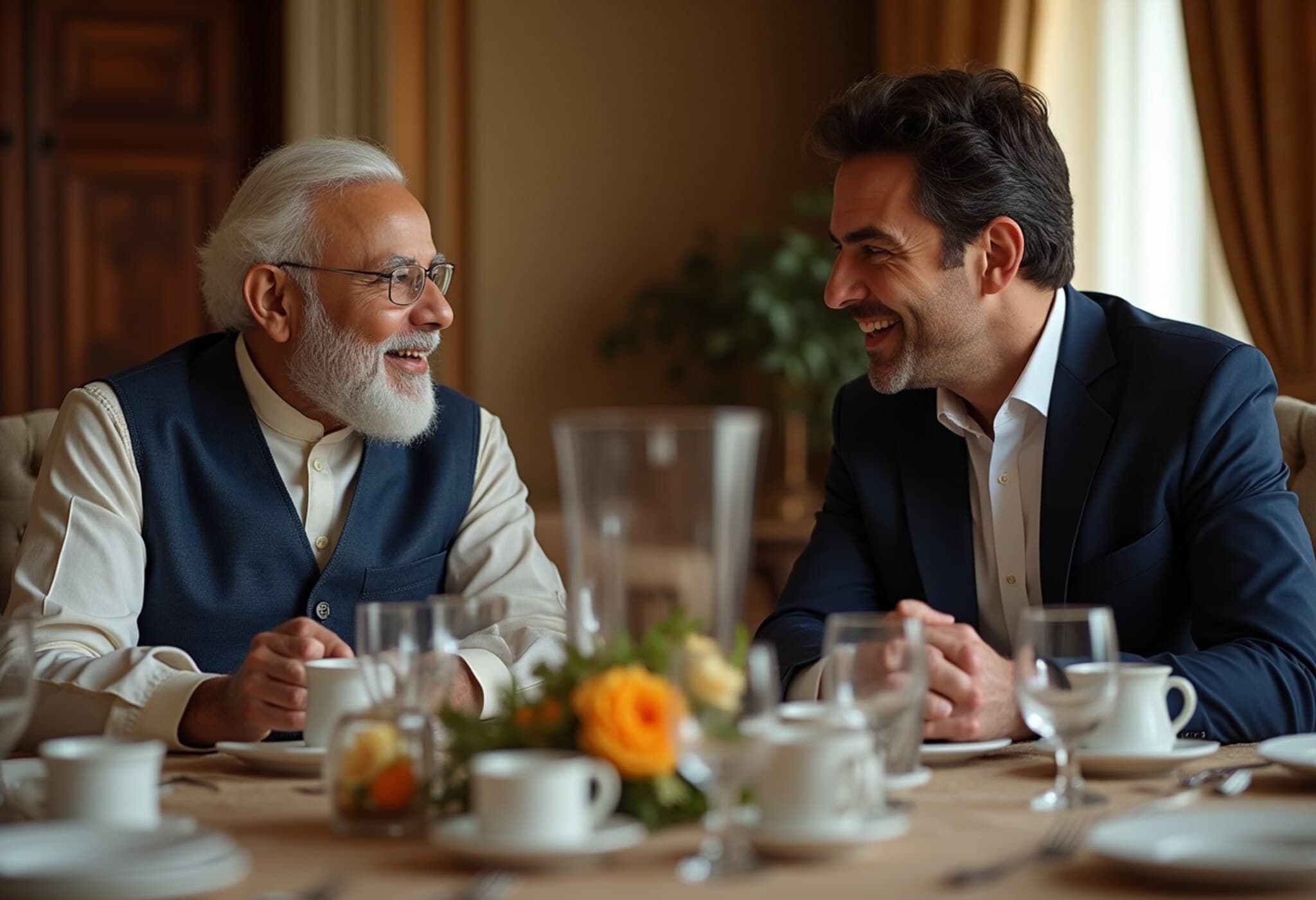Commerce Secretary Defends Trump’s Japan Auto Tariff Deal Amid Industry Pushback
On July 24, 2025, U.S. Commerce Secretary Howard Lutnick publicly dismissed mounting concerns from American automakers regarding President Donald Trump’s newly announced trade agreement with Japan. Speaking on CNBC, Lutnick emphasized that the CEOs of major U.S. auto manufacturers are reportedly "cool with" the deal, which sets a new 15% tariff on Japanese car imports into the U.S.—a significant shift from the previous 25% tariff. This comes alongside a pledge from Japan to invest a substantial $550 billion in the American economy.
What the Deal Means for Tariffs and Auto Manufacturing
President Trump’s administration announced this new trade framework earlier this week, aiming to reset the competitive landscape of the auto industry. The standout feature: Japan agrees to a 15% tariff on its automobile exports to the U.S., effectively lowering the previous levy by 10 percentage points. Meanwhile, vehicles imported into the U.S. from Canadian and Mexican plants by American automakers remain subject to a 25% tariff, enforced starting April 2025.
This tariff discrepancy has sparked intense debate. The American Automotive Policy Council (AAPC), which represents Detroit’s "Big Three"—General Motors, Ford, and Stellantis—warned that the deal disadvantages North American-made cars that incorporate high levels of U.S. content, compared to Japanese imports that undergo reduced tariffs despite limited American manufacturing involvement.
Industry Pushback vs. Government Optimism
Matt Blunt, President of the AAPC, voiced concerns that "Any deal that charges a lower tariff for Japanese imports with virtually no U.S. content than the tariff imposed on North American-built vehicles is a bad deal for U.S. industry and U.S. auto workers." This highlights fears about potential undermining of American jobs and domestic manufacturing strength.
However, Secretary Lutnick challenged the narrative, suggesting that some of the resistance is amplified by public relations efforts rather than genuine industry opposition. He reported direct communications with top U.S. auto CEOs who apparently accept the deal without objection.
> "They are cool with it," Lutnick remarked, adding that while automakers might feel "a little bummed out" by Japan’s lower tariff rate, the deal also encourages domestic manufacturing growth. His message to manufacturers? "If you build it in America, there’s no tariff."The Larger Economic and Policy Context
From a broader American policy perspective, this trade deal reflects a strategic balancing act. It aims to maintain pressure on foreign imports while incentivizing reshoring production and investment domestically — a hallmark of the Trump administration’s "America First" trade philosophy.
Japan’s commitment to invest $550 billion into the U.S. economy could spur job creation and technological development, offsetting some tariff disadvantages felt by American automakers operating abroad. Yet, automakers face real financial pressures; General Motors has already forecasted up to a $5 billion impact due to tariffs, letting 2025 outlooks suffer, while Stellantis predicts noticeable profit hits in the first half of the year attributed to these trade barriers.
Unanswered Questions and Underreported Angles
- Worker Impact: How will these tariff policies affect the workers in U.S. auto plants compared to those in Canada and Mexico?
- Consumer Costs: Will American consumers see higher or lower prices on vehicles as a result of revised tariffs?
- Long-Term Competitiveness: Could the deal actually encourage companies to relocate production back to the U.S., or will tariffs merely raise operational expenses?
- Investment Details: How exactly will Japan’s $550 billion investment be allocated, and which sectors will benefit most?
Expert Insight
Trade policy analyst Dr. Elaine Martinez explains, "This deal illustrates the complex interplay between tariff mechanisms and global supply chains. While tariff cuts for Japanese cars may ease consumer costs in the short term, sustained manufacturing growth depends heavily on fostering domestic capabilities and attracting robust foreign investments. The key will be translating Japan’s financial pledge into tangible job creation and innovation within U.S. auto manufacturing hubs."
Editor’s Note
The Trump administration’s trade agreement with Japan introduces both opportunities and challenges for the U.S. auto industry. While Commerce Secretary Lutnick’s optimism reflects confidence from corporate leadership, the undercurrents of industry hesitation and the economic realities faced by American manufacturers warrant close scrutiny. The evolving dynamics between tariffs, cross-border production, and investment inflows will decisively shape the trajectory of American manufacturing competitiveness and labor markets in the coming years. Readers are encouraged to consider how these policy moves balance short-term market adjustments with the long-term vision of sustaining a resilient U.S. auto sector.

